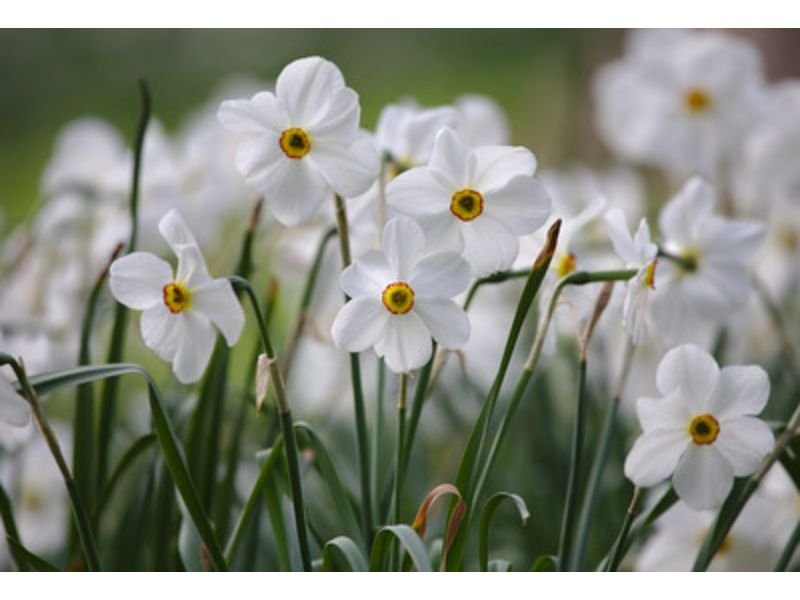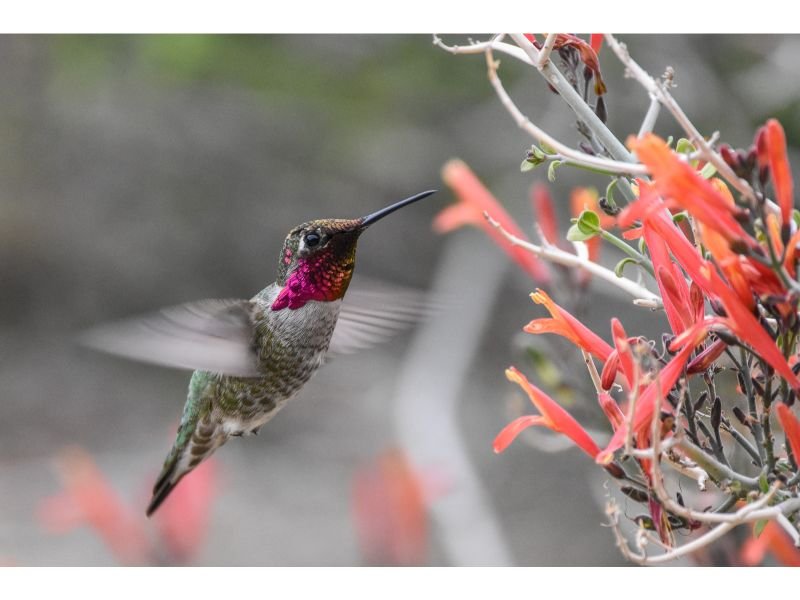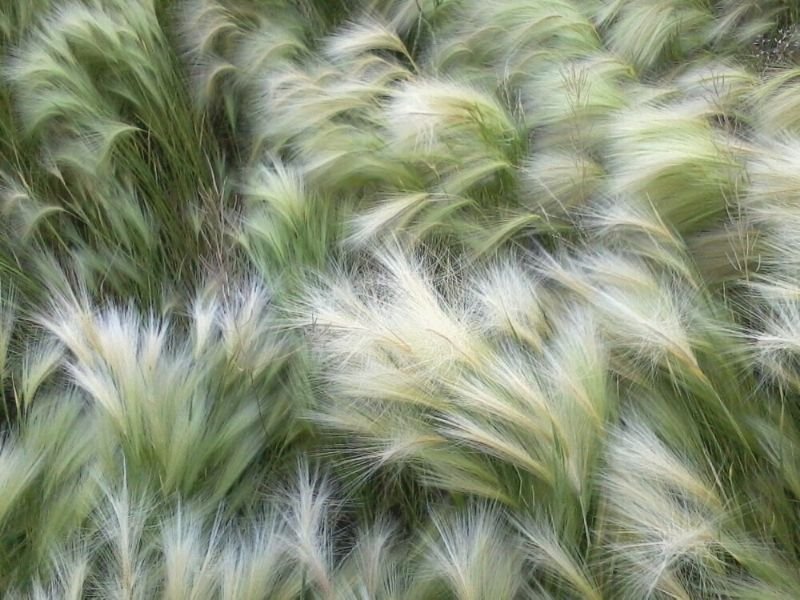Flowers have long been admired for their beauty, fragrance, and unique shapes. Among the myriad of flower shapes, there is a category that captivates our imagination—flowers shaped like stars. These exquisite blooms, with their radiant petals arranged in striking star-like patterns, add a touch of celestial charm to any garden or floral arrangement.
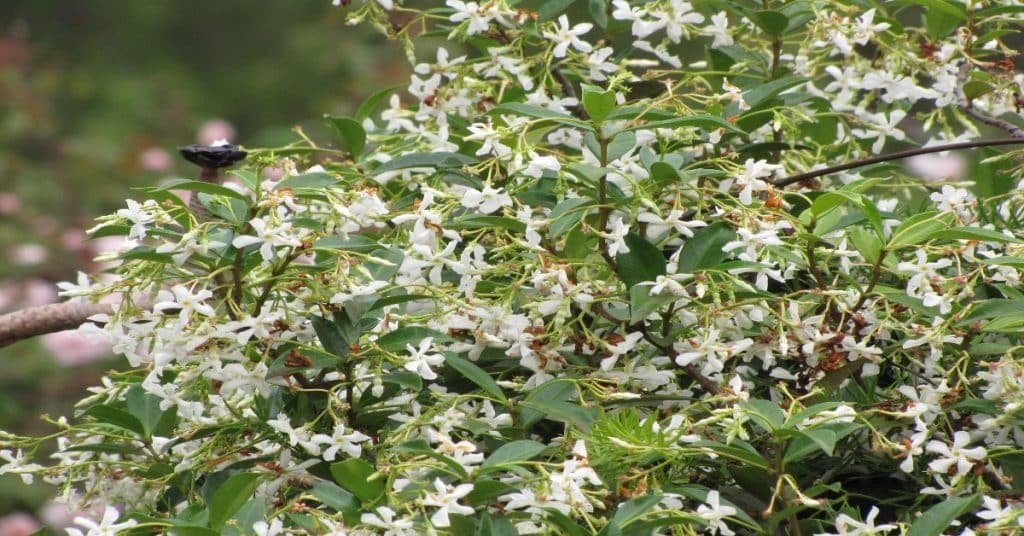
In this article, we will delve into the world of flowers shaped like stars, exploring their enchanting characteristics, popular varieties, and tips for cultivating these celestial gems in your own garden.
Table of Contents
The Allure of Star-Shaped Flowers
Flowers shaped like stars possess an ethereal allure that sets them apart from other floral species. Their intricate petal arrangements form captivating star-like patterns, evoking a sense of wonder and beauty. These blossoms often feature vibrant colors and delicate structures, making them a delightful addition to any landscape or floral arrangement.
Popular Varieties of Star-Shaped Flowers
1. Star Jasmine (Trachelospermum jasminoides)

Star Jasmine, also known as Confederate Jasmine, is a highly coveted flowering vine famous for its small, star-shaped white flowers. This fragrant climber emits a heavenly scent, enchanting anyone who encounters its blossoms. Star Jasmine is versatile and can be grown as a ground cover, a climber, or even in containers.
2. Star Magnolia (Magnolia stellata)
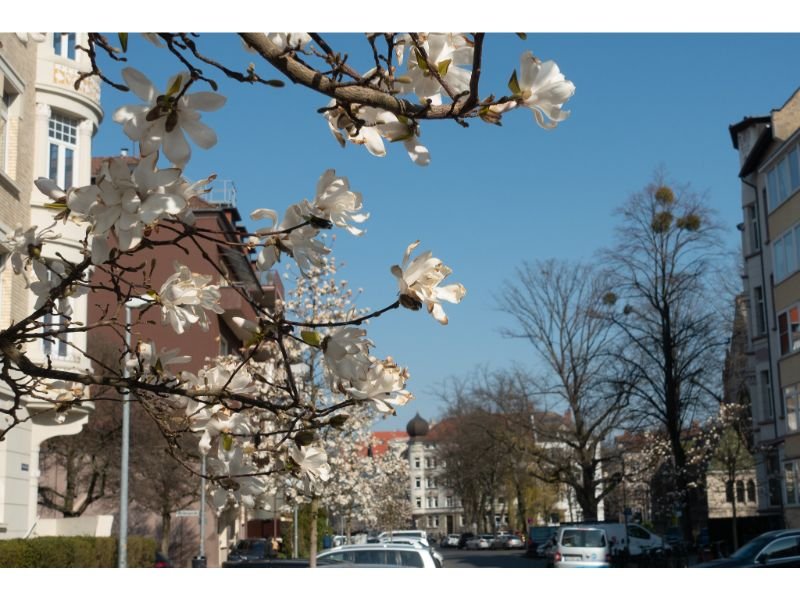
The Star Magnolia is a captivating flowering tree that heralds the arrival of spring with its stunning star-shaped blooms. These fragrant, white, or pink flowers emerge before the tree’s leaves, creating a breathtaking display of floral elegance. Star Magnolias are best suited for temperate climates and thrive in well-drained soil.
Another unique feature of Magnolia is the leaf which often comes in a shiny hue.
3. Star Cluster (Pentas lanceolata)
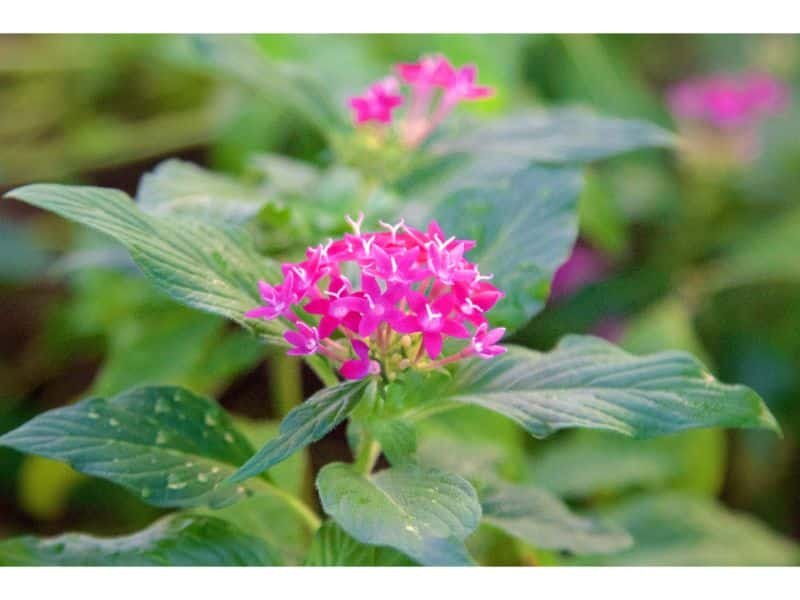
The Star Cluster, also known as Egyptian Star Cluster or Egyptian Star Flower, is a perennial plant celebrated for its clusters of star-shaped flowers that bloom in various vibrant hues, including red, pink, white, and purple. These nectar-rich blossoms attract butterflies and hummingbirds, making them a popular choice for pollinator gardens.
4. Star Gazers (Lilium ‘Stargazer’)
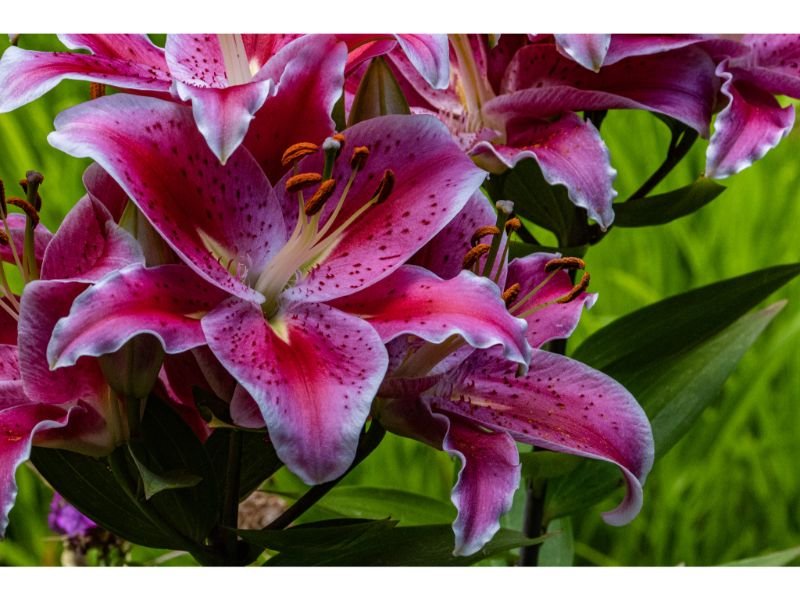
The Star Gazer Lily is an iconic flower revered for its large, upward-facing blooms with deep pink or crimson petals adorned with striking white speckles. These fragrant and eye-catching flowers are often used in floral arrangements, symbolizing ambition, prosperity, and admiration.
5. Starflower (Ipheion uniflorum)
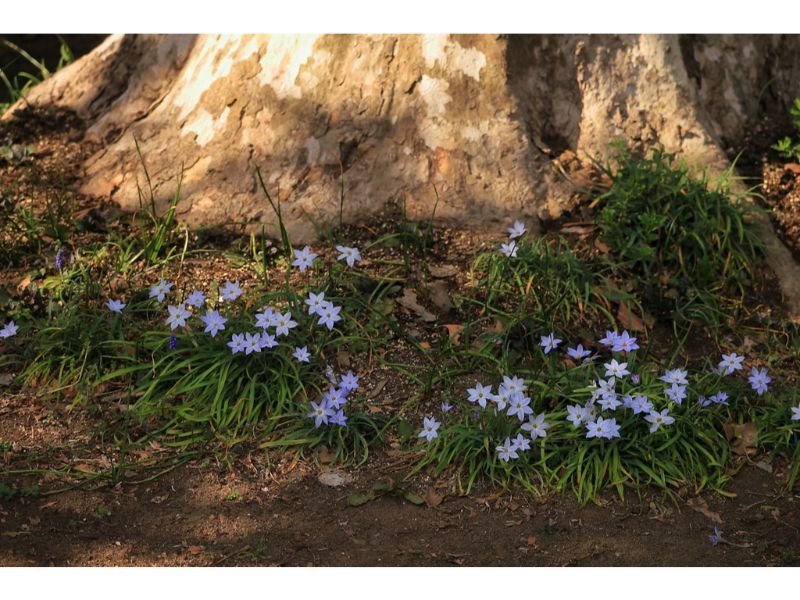
The Starflower, also known as Spring Starflower or Star-of-Bethlehem, graces gardens with its charming star-shaped flowers. This low-growing perennial plant produces delicate blooms in shades of blue, purple, and white, adding a touch of celestial beauty to garden borders and rockeries.
Cultivating Flowers Shaped Like Stars
To cultivate flowers shaped like stars in your own garden, here are some helpful tips to ensure their successful growth and blooming:
- Choosing the Right Location: Most star-shaped flowers thrive in areas with ample sunlight. Select a well-drained location that receives at least six hours of direct sunlight daily.
- Preparing the Soil: Ensure the soil is well-drained, fertile, and rich in organic matter. Amend the soil with compost or well-rotted manure to improve its texture and nutrient content.
- Planting: Follow the planting instructions specific to each flower variety. Some flowers may require planting in early spring, while others may be best suited for fall planting.
- Watering: Provide regular watering to keep the soil evenly moist. Avoid overwatering, as excessive moisture can lead to root rot.
- Pruning: Prune your star-shaped flowers as needed to maintain their shape, remove dead or damaged foliage, and encourage healthy growth.
- Fertilizing: Apply a balanced, slow-release fertilizer during the growing season to promote vigorous growth and abundant flowering. Follow the manufacturer’s instructions for proper application.
- Pest and Disease Control: Monitor your plants regularly for any signs of pests or diseases. Treat any issues promptly using organic or chemical controls as appropriate.
By following these guidelines, you can create a flourishing garden adorned with enchanting star-shaped flowers, adding a touch of celestial magic to your outdoor space.
Star-shaped floral arrangements
Tips for creating beautiful floral arrangements with star-shaped flowers
When it comes to creating a stunning floral arrangement, incorporating star-shaped flowers is a surefire way to add an element of sophistication and intrigue. These blooms are eye-catching and unique, and can really make a statement in any arrangement.
To create the perfect arrangement with star-shaped flowers, consider these tips:
Firstly, think about the color scheme you want to portray.
Star-shaped flowers come in a variety of colors, from bright blues and purples to soft pinks and whites. You can use this diversity to your advantage by selecting complementary colors that will really pop against each other.
For example, pairing yellow or orange sunflowers with bright blue cornflowers will create a striking contrast that immediately catches the eye.
Another important factor to consider is texture.
Star-shaped flowers typically have a unique texture that sets them apart from other blooms. Incorporating different textures into your arrangement by including fuzzy asters or velvety dahlias can add depth and dimensionality to your design.
How to mix and match different types of star-shaped blooms for a stunning effect
When it comes to mixing and matching different types of star-shaped flowers, there are several approaches you can take depending on the look you want to achieve. For example, if you’re going for an ethereal or dreamy vibe, consider pairing delicate baby’s breath with soft white cosmos or white daisies.
This combination creates an airy effect that’s perfect for more romantic occasions like weddings or anniversary celebrations. If you’re looking for something bold and dramatic instead, try combining deep purple irises with bright yellow marigolds or fiery orange lilies.
This will create an attention-grabbing centerpiece that’s sure to impress at any event. Ultimately, the key is experimentation – don’t be afraid to play around with different combinations until you find the perfect mix of star-shaped flowers that speaks to your personal style.
The Science Behind the Star Shape
The Natural Beauty of Star-Shaped Flowers
Star-shaped flowers are a marvel of nature and something that has captivated people for centuries. But have you ever wondered why some flowers grow in this stunning shape?
Well, the answer lies in the biology of these plants. The star shape is created by the arrangement of petals, with each petal growing outwards from a central point to create a symmetrical pattern.
The Biological Reasons for the Star Shape
The star shape is not just visually appealing; it also serves a very specific purpose in plant reproduction. The symmetrical arrangement of petals helps flowers to attract pollinators such as bees, butterflies, and hummingbirds. Because the petals are evenly spaced around the center of the flower, they make it easier for pollinators to access the nectar and pollen inside.
The star shape also allows flowers to maximize their exposure to sunlight, which helps them to photosynthesize more efficiently. This means that they can produce more energy to support their growth and reproduction.
All in all, the star shape is a perfect example of how nature creates beauty that is both functional and aesthetically pleasing. Understanding the science behind why some flowers grow in a star-like shape only deepens our appreciation for these incredible plants.
Their symmetry and beauty are not just random occurrences but instead, serve an essential purpose in their survival and reproduction. So next time you see a star-shaped flower blooming gloriously in your garden or on your hike through nature’s wonders, take a moment to appreciate all that goes into making that stunning blossom possible
Conclusion
Star-shaped flowers are truly a wonder of nature. They have captured the imagination of different cultures throughout history and continue to be a popular choice for flower lovers today. Their unique shape, beauty, and symbolism make them stand out among other flowers.
The rarity of some species of star-shaped flowers only adds to their appeal. These exotic blooms are not commonly seen in everyday gardens, but they are definitely worth seeking out for their sheer beauty and aesthetic value.
For those who appreciate the finer things in life, adding rare and exotic star-shaped flowers to your garden or floral arrangements can bring you immense joy. The science behind the shape of these flowers is also fascinating.
The way they naturally grow in a star-like shape is yet another example of how nature continually amazes us with its creativity and ingenuity. The biological reasons behind this phenomenon are not fully understood yet, but researchers continue to study these plants in order to unlock their secrets.
Overall, star-shaped flowers are a testament to the diversity and beauty that exists in our natural world. Whether you admire them for their symbolism or simply appreciate them for their aesthetic value, one thing is clear: these fascinating blooms will continue to capture our imagination for generations to come.

Gardening is my passion and growing plants indoors has always been a stress relief for me. Grow a banana tree in my apartment once (although failed to produce bananas).

